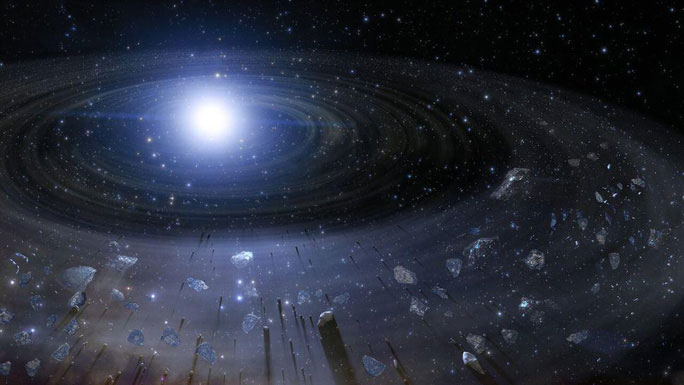Unseen and unimaginable phenomena have revealed themselves in a vast cosmic graveyard containing 23 white dwarf stars and countless fragments of shattered planets.
White dwarfs are the remnants of stars that have exhausted their energy, and the immense debris surrounding them consists of the remnants of exoplanets that have been torn apart. A recent study published in Nature Astronomy indicates that these unfortunate planets were constructed from materials far richer than previously understood.

The new cosmic graveyard has provided scientists with a distinct perspective on exoplanets beyond our Solar System – (Photo: NOIRLab)
While scientists delve into this cosmic graveyard in search of traces of Earth-like worlds, they discovered minerals never before seen on Earth, within our Solar System or in neighboring star systems. Some of these deceased worlds are rocky planets similar to Earth but formed in entirely different ways and from unimaginable materials.
According to astronomer Slyi Xu from the National Optical-Infrared Astronomy Research Laboratory (NOIRLab) in Arizona, USA, the extraterrestrial rock samples recently found have no counterparts in our Solar System.
As reported by Live Science, by calculating the ratios of elements such as magnesium, calcium, silicon, iron, and others in the atmosphere of the white dwarf, which contains at least 25% of materials from planets that were once torn apart by it, scientists have reconstructed the dead rocky planets.
The results indicate that there are numerous “Earth analogs” out there, but they are composed in entirely different ways, and if they harbor life, it is likely to be a world completely different from Earth. Continents could be formed differently, from completely different materials, fostering life forms in ways that are hard for Earthlings to imagine.
These findings are considered highly significant for the search for extraterrestrial life, as we have long tended to look only for Earth-like counterparts.


















































